Home>Furniture>Kitchen Furniture>How Does A Microwave Oven Heat Food So Quickly?
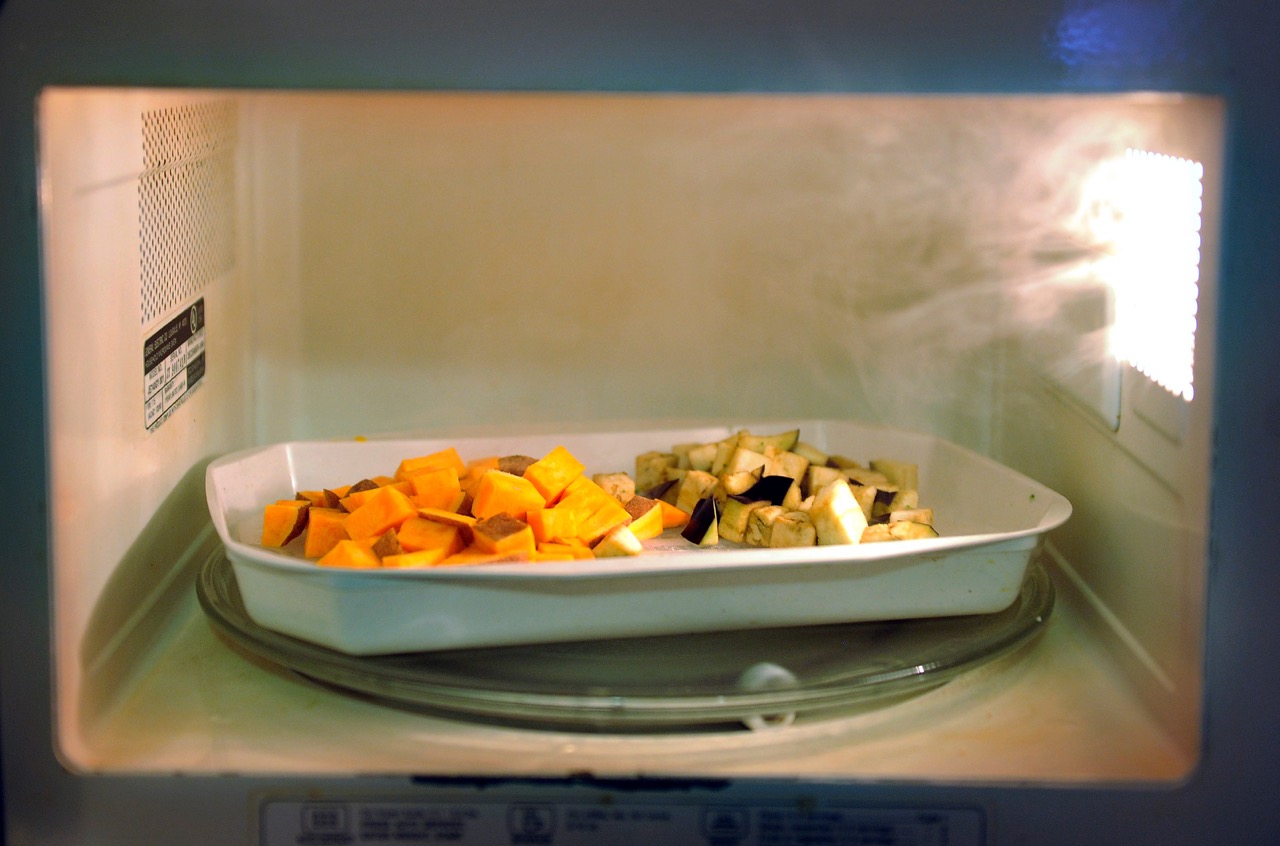

Kitchen Furniture
How Does A Microwave Oven Heat Food So Quickly?
Modified: January 6, 2024
Learn how microwave ovens utilize microwaves to rapidly heat food. Discover insightful articles on the science behind this efficient cooking method.
(Many of the links in this article redirect to a specific reviewed product. Your purchase of these products through affiliate links helps to generate commission for Storables.com, at no extra cost. Learn more)
Introduction
A microwave oven has become an essential appliance in modern kitchens, providing a convenient and efficient way to quickly heat and cook food. But have you ever wondered how a microwave oven actually works? In this article, we will explore the basic principle of a microwave oven and how it utilizes microwaves to rapidly heat food.
The concept of using microwaves for heating food originated in the 1940s, and since then, microwave ovens have undergone significant advancements in technology. Whether you’re defrosting frozen leftovers, reheating yesterday’s dinner, or popping a bag of popcorn, understanding the science behind your microwave oven can help you appreciate its capabilities.
So, let’s dive into the fascinating world of microwaves and discover how they make our lives in the kitchen much easier!
Key Takeaways:
- Microwave ovens use electromagnetic radiation and microwaves to rapidly heat food by exciting water, fat, and sugar molecules, resulting in quick and uniform cooking.
- Safety precautions, such as using microwave-safe containers and utensils, rotating food, and following recommended cooking times, are essential for a safe and efficient microwave oven experience.
Basic Principle of Microwave Oven
A microwave oven operates on the principle of electromagnetic radiation. It uses microwaves, which are a form of electromagnetic waves, to heat food by penetrating the water, fat, and sugar molecules present in it. These molecules absorb the microwaves, causing them to vibrate rapidly, generating heat in the process. This rapid and uniform heating allows for faster cooking times compared to conventional ovens.
The heart of a microwave oven is the magnetron, a high-powered electronic vacuum tube that generates microwaves. The magnetron converts electrical energy into microwave radiation, which is then directed into the cooking chamber.
Inside the cooking chamber, a metal cavity reflects and concentrates the microwaves, ensuring that they interact with the food. The microwaves bounce off the metal walls and are absorbed by the food, causing the molecules to vibrate and generate heat.
It’s worth noting that not all materials are suitable for heating in a microwave oven. Metal objects, for instance, reflect microwaves and can cause electrical sparks, leading to potential hazards. Therefore, it’s essential to carefully follow the manufacturer’s guidelines and avoid placing any metal objects inside the microwave oven.
Now, let’s take a closer look at how microwaves are generated.
Generation of Microwaves
The generation of microwaves in a microwave oven begins with the magnetron. The magnetron is a type of electron tube that converts electrical energy into microwave radiation through a process called electron bombardment.
Inside the magnetron, electrons are emitted from a heated cathode and accelerated towards an anode. The interaction between the electrons and a resonant cavity within the magnetron causes them to oscillate at a specific frequency, producing microwaves.
These microwaves are then transmitted through a waveguide, a metal tube that guides the microwaves from the magnetron to the cooking chamber of the microwave oven. The waveguide ensures that the microwaves are directed efficiently and effectively towards the food being cooked.
It’s worth mentioning that modern microwave ovens also have a control system that regulates the power output of the magnetron. This control system allows users to adjust the cooking time and power levels, giving them flexibility in the cooking process.
Now that we understand how microwaves are generated, let’s move on to the next step: how these microwaves are absorbed by the food being cooked.
Absorption of Microwaves by Food
When microwaves are directed into the cooking chamber of a microwave oven, they interact with the food placed inside. The microwaves are absorbed by certain molecules within the food, primarily water, fat, and sugar molecules.
In a water molecule, for instance, the electric field of the microwaves causes the oxygen atom to be slightly negative and the hydrogen atoms to be slightly positive. This inherent polarity allows water molecules to easily absorb and convert microwave energy into heat.
As the microwaves penetrate the food, they excite the water molecules, causing them to rotate and collide with other molecules in the food. These collisions generate friction, which in turn produces heat. It’s this frictional heat that cooks the food.
Fat molecules and sugar molecules also have polarities that allow them to absorb microwaves to a certain extent. However, the absorption efficiency is lower compared to water molecules. This is why foods with higher water content tend to heat more evenly and quickly in a microwave oven.
It’s important to note that microwave ovens heat the food from the inside out, rather than from the outside in like conventional ovens. This characteristic results in quicker cooking times and less heat transfer to the surrounding environment.
Now that we understand how microwaves are absorbed by food, let’s explore a couple of additional features commonly found in microwave ovens.
Rotating Plate and Stirrer
To ensure even and thorough cooking, many microwave ovens feature a rotating plate or turntable. This rotating plate helps to distribute the microwaves more evenly throughout the food, minimizing hotspots and promoting uniform heating.
By rotating the plate, the food is exposed to the microwaves from different angles, allowing for more comprehensive absorption of the microwaves by the food molecules. As a result, the food is cooked more evenly, without certain areas being overcooked or undercooked.
In addition to the rotating plate, some microwave ovens are equipped with a stirrer. The stirrer is a fan-like device that helps to disperse the microwaves throughout the cooking chamber more evenly. It achieves this by deflecting and redirecting the microwaves, ensuring a uniform distribution of the energy.
The combination of the rotating plate and stirrer significantly improves the cooking performance of the microwave oven. With these features, you can enjoy consistently cooked food, regardless of its position on the turntable.
Now that we’ve explored the role of the rotating plate and stirrer, let’s delve into the effects of microwaves on food molecules.
Never put metal objects in a microwave as they can cause sparks and damage the oven. Only use microwave-safe containers and cover food to prevent splattering.
Read more: How To Cook Bacon In A Microwave Oven
Effects of Microwaves on Food Molecules
When food is exposed to microwaves in a microwave oven, various molecular changes occur due to the interaction between the microwaves and the food molecules. These effects contribute to the overall cooking process and the transformation of the food’s texture and flavor.
One of the primary effects of microwaves on food molecules is the vibration and rotation of water, fat, and sugar molecules. As mentioned earlier, microwaves cause these molecules to rapidly vibrate and rotate, generating heat through friction. This heat is then transferred to the surrounding food, resulting in cooking or heating.
The rapid and intense heating caused by microwaves can lead to different molecular reactions in different foods. For example, in bread and cake dough, microwaves generate steam, which causes the dough to rise and become soft and fluffy. In meat, microwaves can break down proteins, resulting in tender, juicy meat.
However, it’s important to note that microwaves do not cause significant changes in the nutritional composition of food. The short cooking times and minimal use of water in microwave cooking help to preserve the nutritional content of foods, such as vitamins and minerals, better than other cooking methods that involve higher temperatures and longer cooking durations.
Overall, the effects of microwaves on food molecules can vary depending on the specific food being cooked, its composition, and the cooking time. Understanding these effects can help you make informed decisions when using a microwave oven.
Next, let’s explore the heating patterns that occur in a microwave oven.
Heating Patterns in Microwave Oven
A microwave oven heats food in a unique and distinct manner compared to traditional ovens or stovetops. Understanding the heating patterns can help you utilize the microwave oven more effectively and achieve optimal cooking results.
In general, there are two primary heating patterns in a microwave oven: standing waves and hotspots.
Standing waves occur due to the interference of microwaves that bounce back and forth between the metal walls of the cooking chamber. These waves create areas of high and low energy within the oven. As a result, you may notice certain spots where the food cooks more quickly and other areas where the cooking process is slower.
To overcome the uneven heating caused by standing waves, most microwave ovens are equipped with a rotating plate or turntable. As the plate rotates, it helps to distribute the microwaves more evenly throughout the food, reducing the likelihood of hotspots and ensuring consistent cooking.
Despite the presence of a rotating plate, hotspots may still occur in certain circumstances. These hotspots are areas in the food that absorb more microwaves and therefore heat up faster than the surrounding areas. It’s essential to be mindful of these hotspots and rotate the food or use a cover to prevent overcooking or burning in specific spots.
Additionally, the shape and size of the food can also influence the heating patterns. Thicker parts of the food may take longer to cook than thinner parts, so it’s crucial to consider the size and shape of the food when determining cooking times.
By adjusting the cooking time and using the rotating plate or turntable effectively, you can maximize the cooking efficiency of your microwave oven and achieve more uniform heating.
Now that we’ve looked at the heating patterns, let’s discuss some important safety precautions to keep in mind when using a microwave oven.
Safety Precautions while Using Microwave Oven
While microwave ovens are generally safe to use, it’s important to follow certain precautions to ensure your safety and the proper functioning of the appliance. Here are some essential safety guidelines to keep in mind:
- Use microwave-safe containers: When using a microwave oven, ensure that the containers you use are labeled as “microwave-safe.” Avoid using metal containers, as they can cause sparks and potential fire hazards.
- Avoid sealed containers: Do not microwave food in tightly sealed containers, as pressure can build up and cause the container to burst. Always use vented covers or leave a small opening for steam to escape.
- Stir and rotate food: To promote even cooking, stir and rotate the food during the cooking process. This helps prevent hotspots and ensures that the food is thoroughly heated.
- Use microwave-safe utensils: Use utensils that are safe for microwave use, such as glass, ceramic, or microwave-safe plastic. Avoid using metal utensils, as they can cause sparks and damage the oven cavity.
- Avoid overheating liquids: When heating liquids, such as water or milk, be cautious as they can reach boiling temperatures without showing visible signs of boiling. Stir the liquid and use microwave-safe containers with handles to prevent accidental spills or burns.
- Follow recommended cooking times: Follow the cooking times specified in the microwave oven’s instruction manual or provided by the food’s packaging. Overcooking can lead to excessive dryness, while undercooking may leave harmful bacteria intact.
- Be careful when removing hot food: Use oven mitts or heat-resistant gloves when removing hot food from the microwave oven. The containers and food may be extremely hot and can cause burns if handled without protection.
- Keep the microwave clean: Regularly clean the inside of the microwave oven to ensure that it functions properly and to prevent the buildup of residue, which can cause odors or smoke during cooking.
- Observe caution when heating certain foods: Some foods, such as eggs with intact shells or fruit with tight skins, can build up pressure when heated, causing them to explode. To prevent accidents, puncture or open such foods before microwaving them.
- Unplug when not in use: When not in use, it is advisable to unplug the microwave oven or switch it off to prevent unintentional use or potential electrical issues.
By following these safety precautions, you can enjoy the convenience of a microwave oven while ensuring a safe cooking experience.
Now, let’s summarize what we’ve discussed so far.
Conclusion
Microwave ovens have revolutionized the way we cook and heat food, providing a quick and efficient solution for our busy lives. Understanding the basic principles behind their operation can help us make the most of this essential kitchen appliance.
We have explored the fundamental concept of how microwave ovens use microwaves to rapidly heat food. The generation of microwaves in the magnetron, their absorption by food molecules, and the resulting molecular changes all play a crucial role in the cooking process.
Having a rotating plate or turntable helps to distribute the microwaves more evenly, reducing the occurrence of hotspots and ensuring uniform cooking. By being aware of the heating patterns and following recommended cooking times, we can achieve optimal results with our microwave ovens.
While using a microwave oven, it is crucial to prioritize safety. Using microwave-safe containers and utensils, avoiding overheating liquids, and following proper handling techniques can prevent accidents and ensure our well-being.
In conclusion, microwave ovens provide a convenient and efficient means of cooking and heating food. By understanding how they work and following safety precautions, we can enjoy the benefits of this modern kitchen appliance while ensuring the best cooking outcomes.
So, the next time you use your microwave oven, remember the science behind it and the precautions to take, and enjoy the convenience it brings to your culinary adventures.
Frequently Asked Questions about How Does A Microwave Oven Heat Food So Quickly?
Was this page helpful?
At Storables.com, we guarantee accurate and reliable information. Our content, validated by Expert Board Contributors, is crafted following stringent Editorial Policies. We're committed to providing you with well-researched, expert-backed insights for all your informational needs.
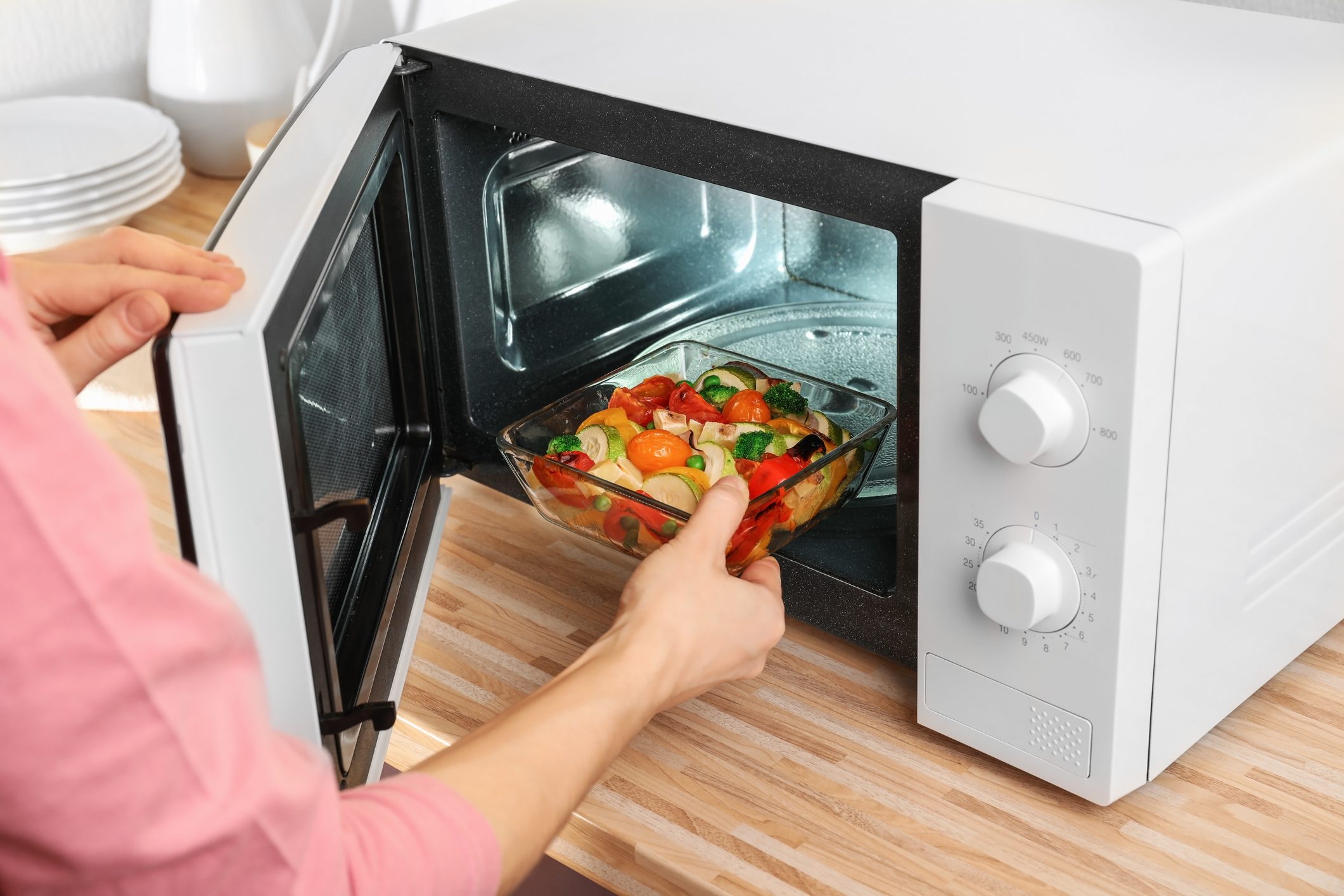
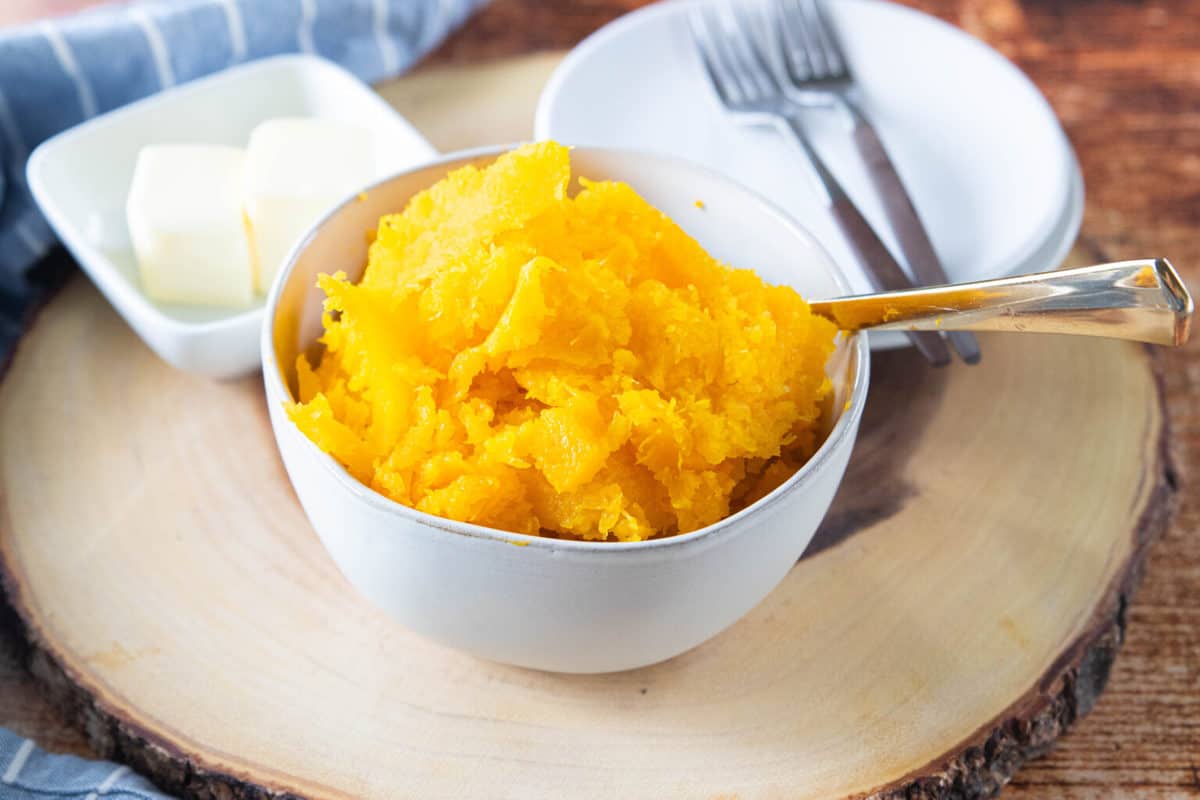
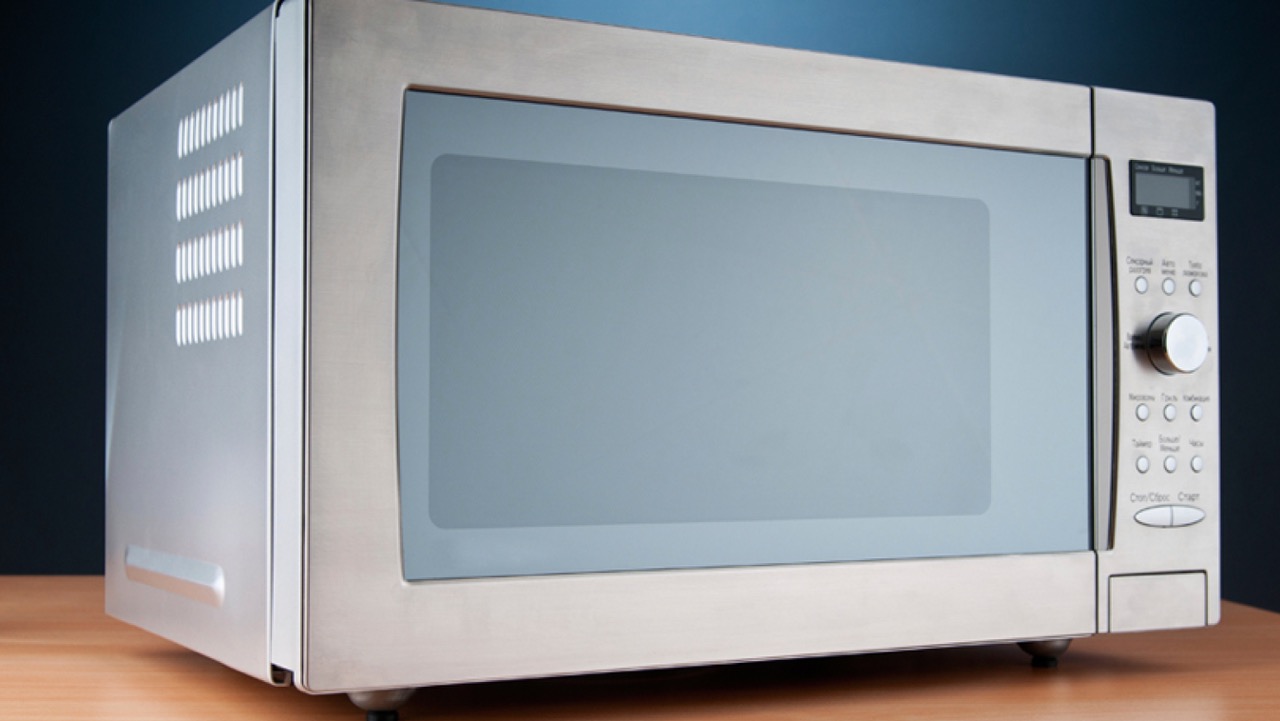


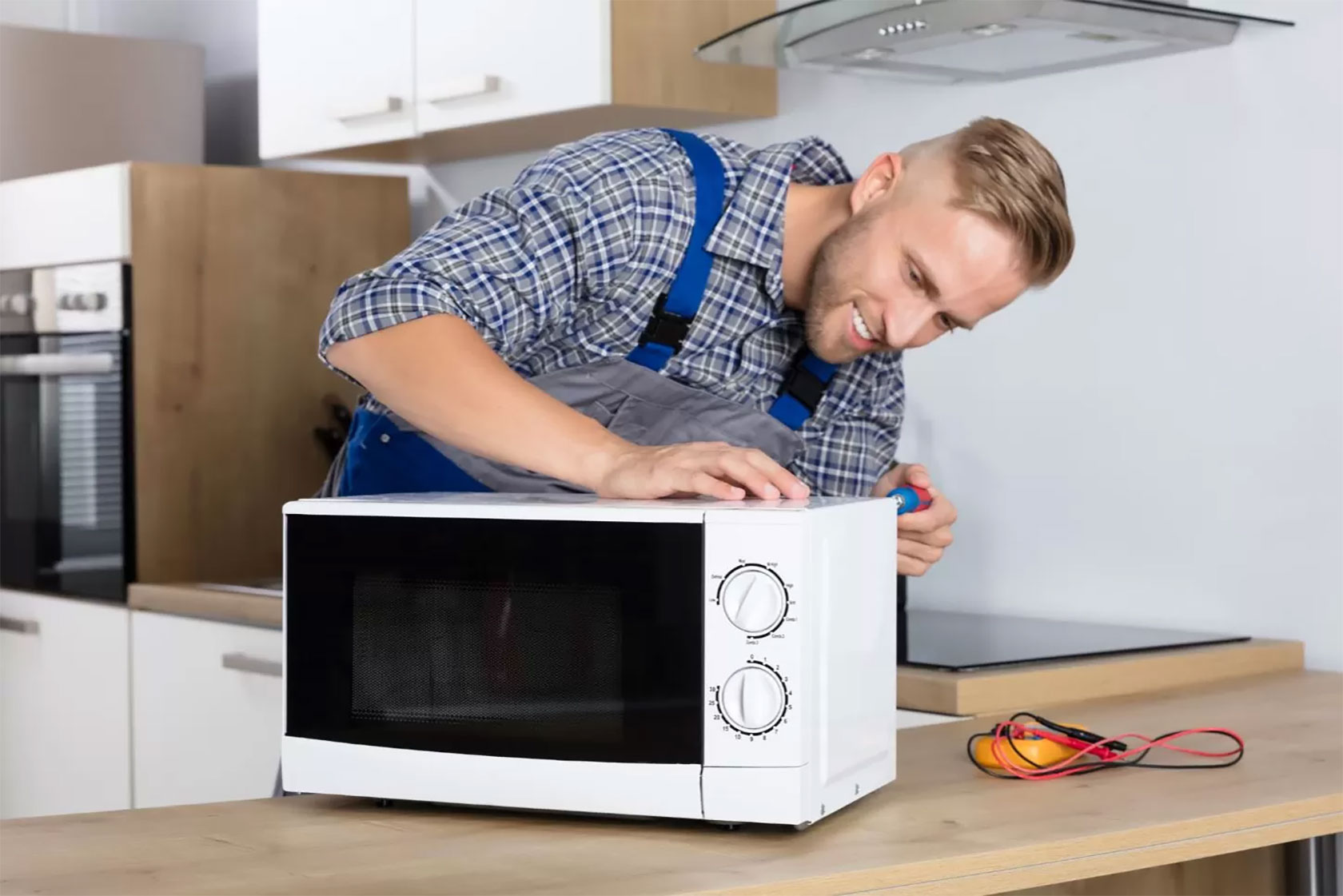
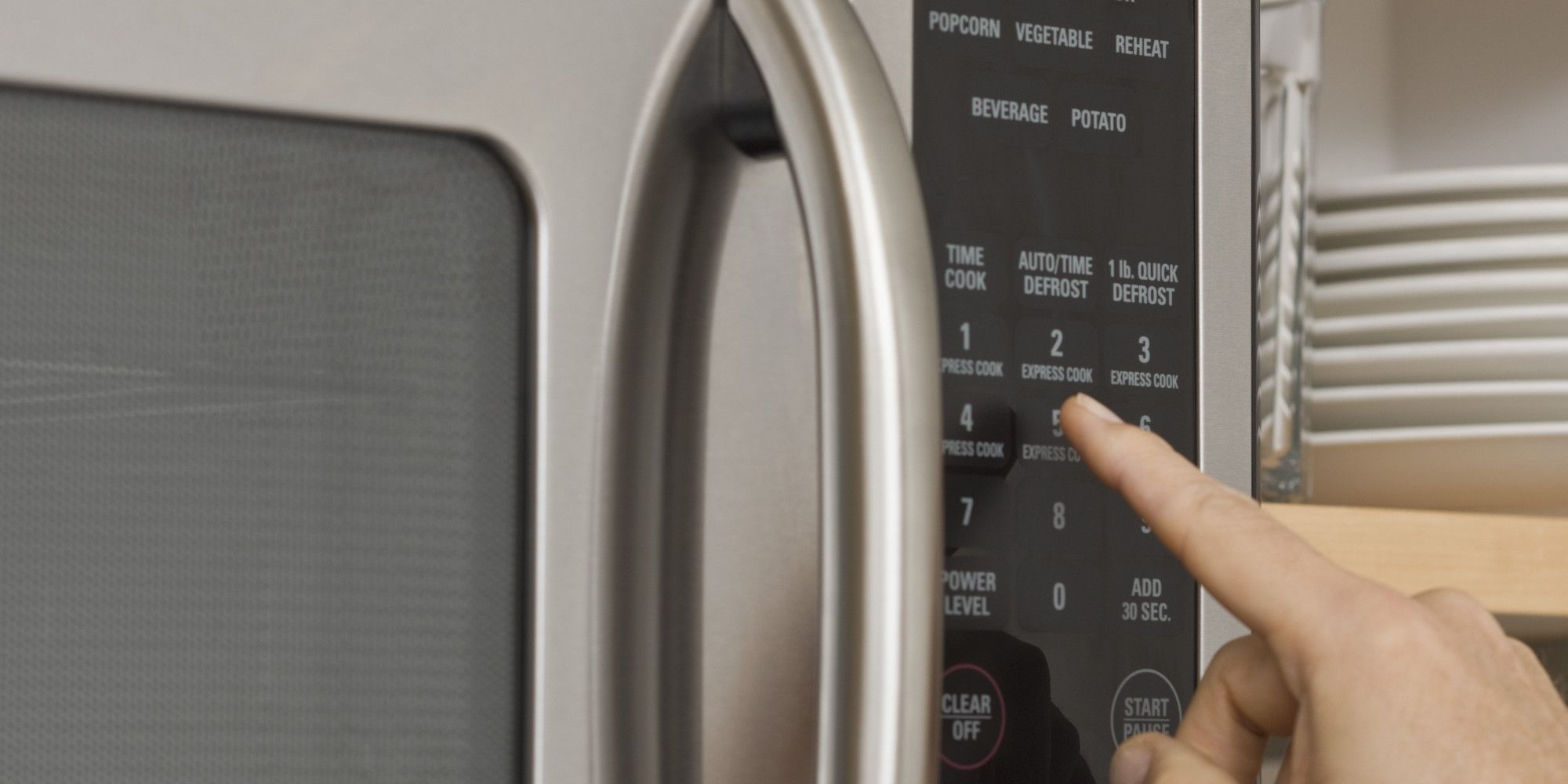
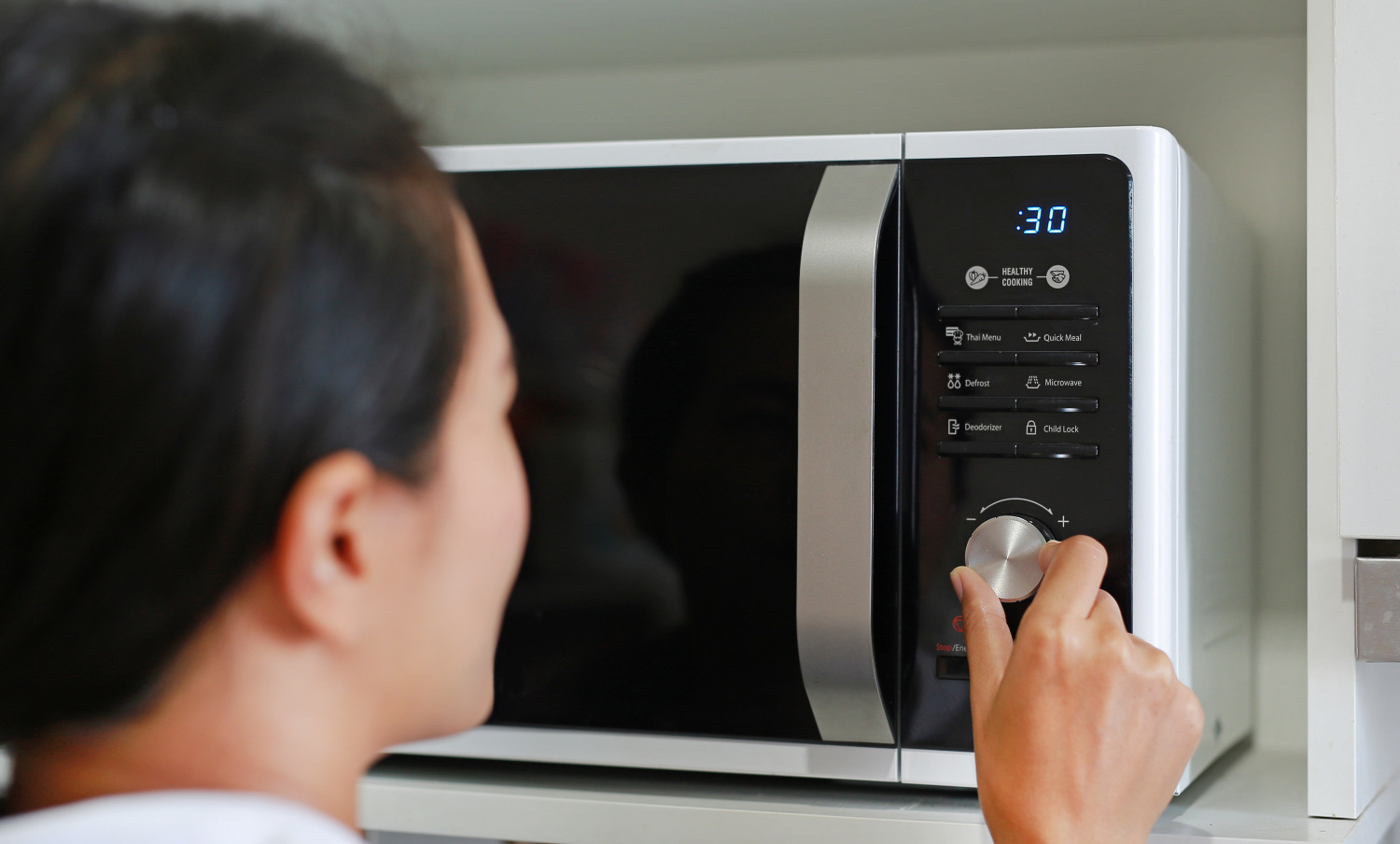
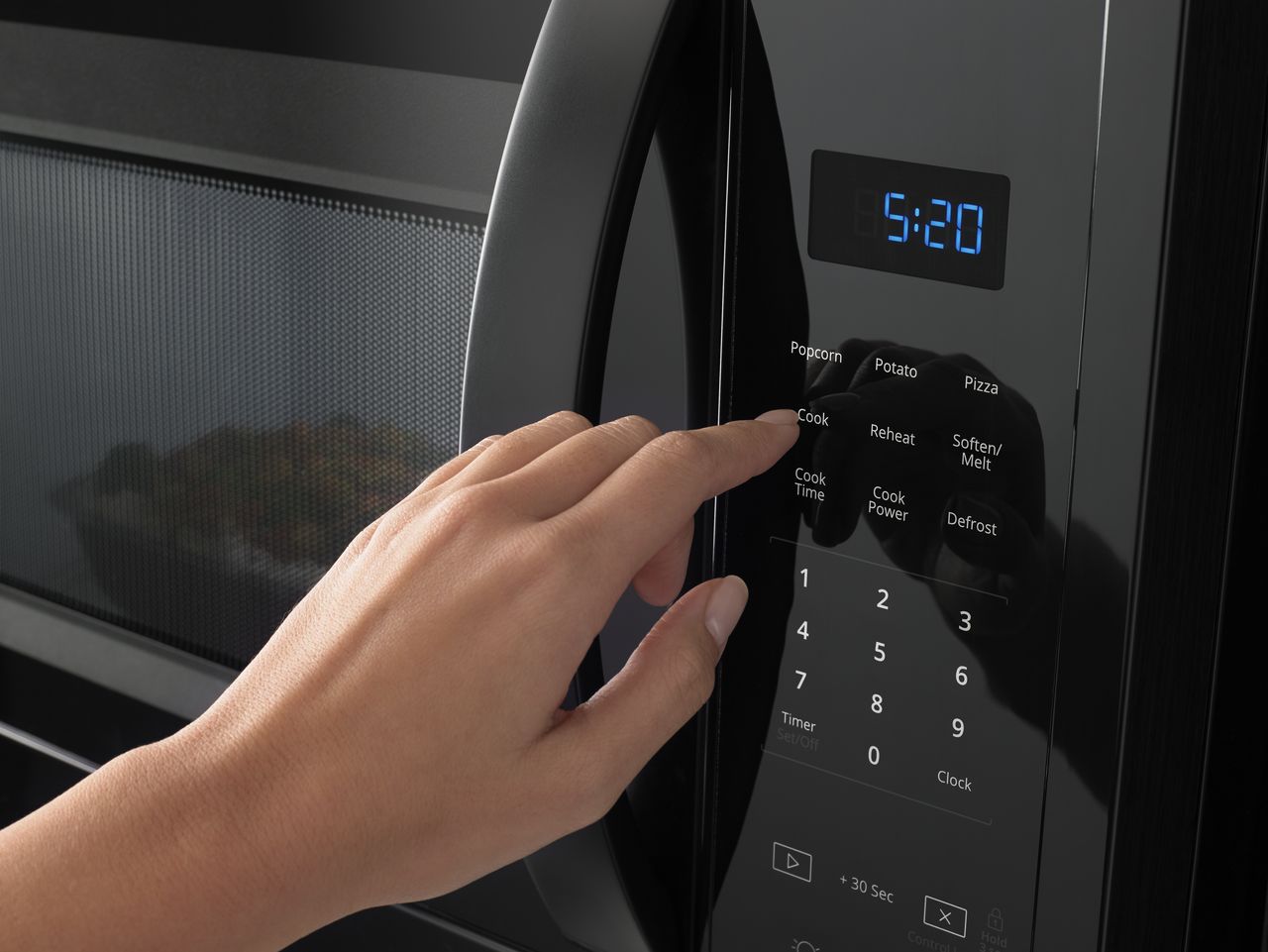
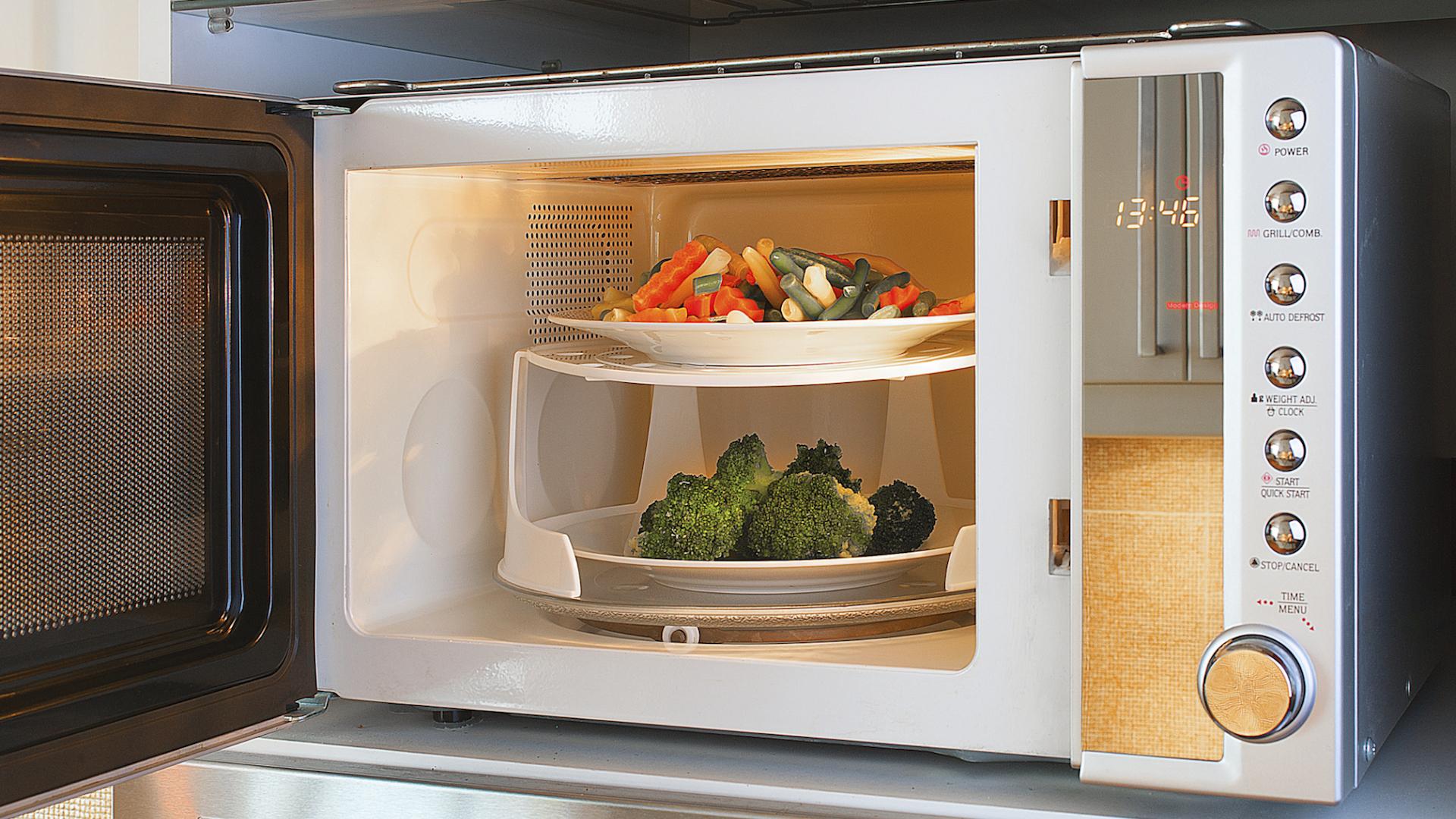
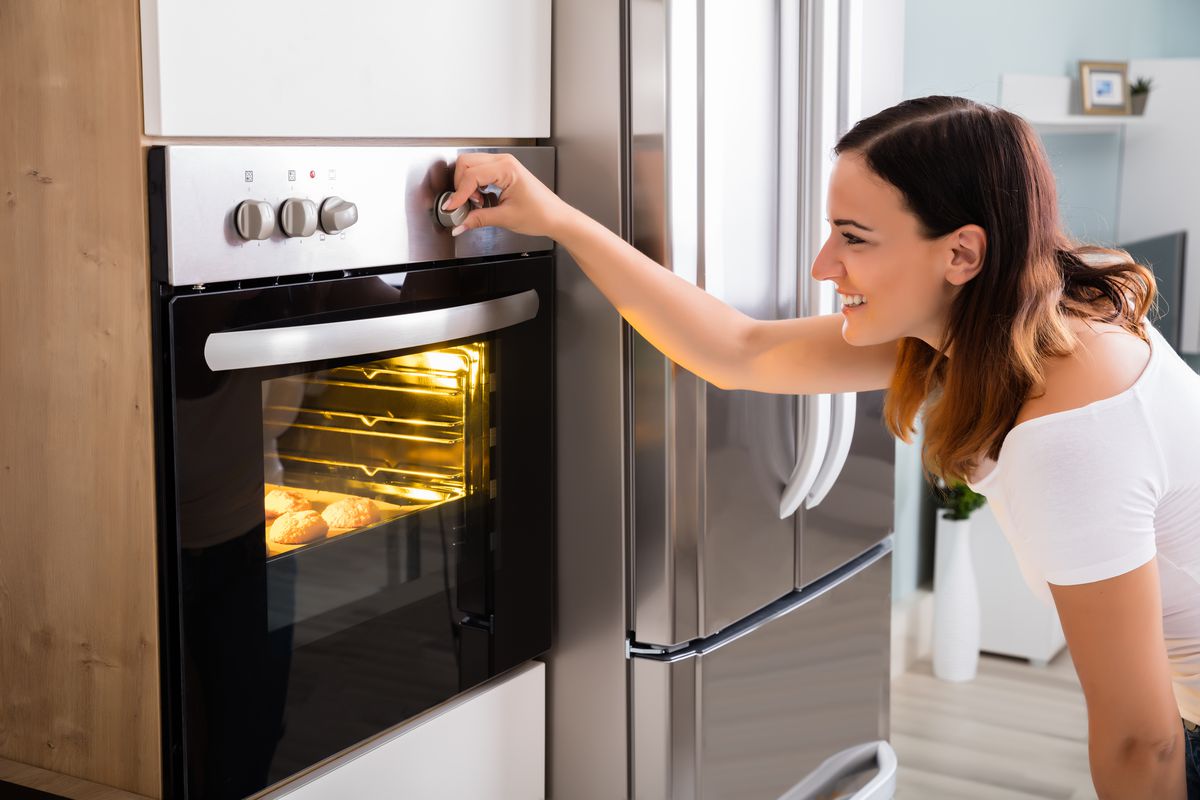
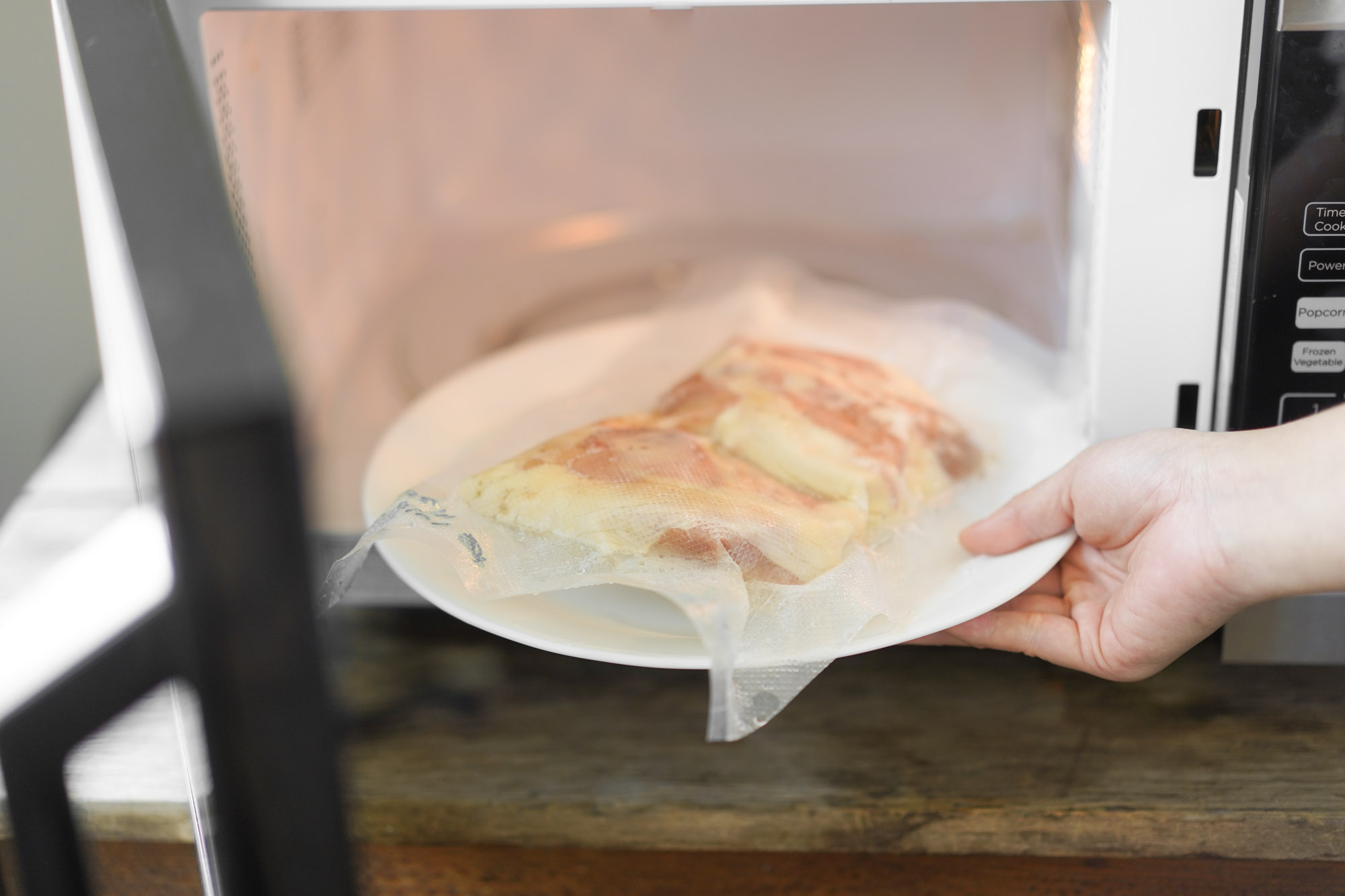
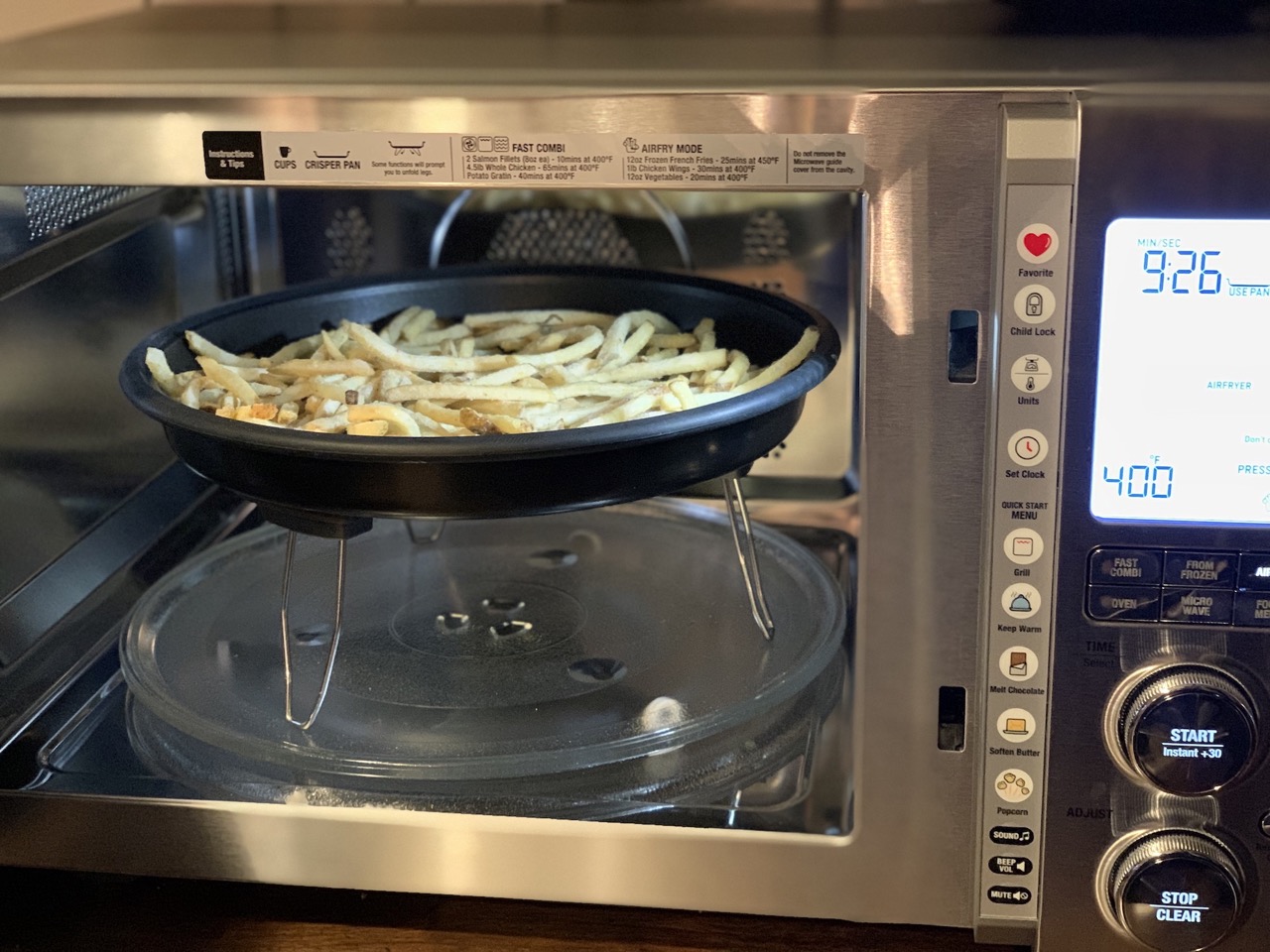
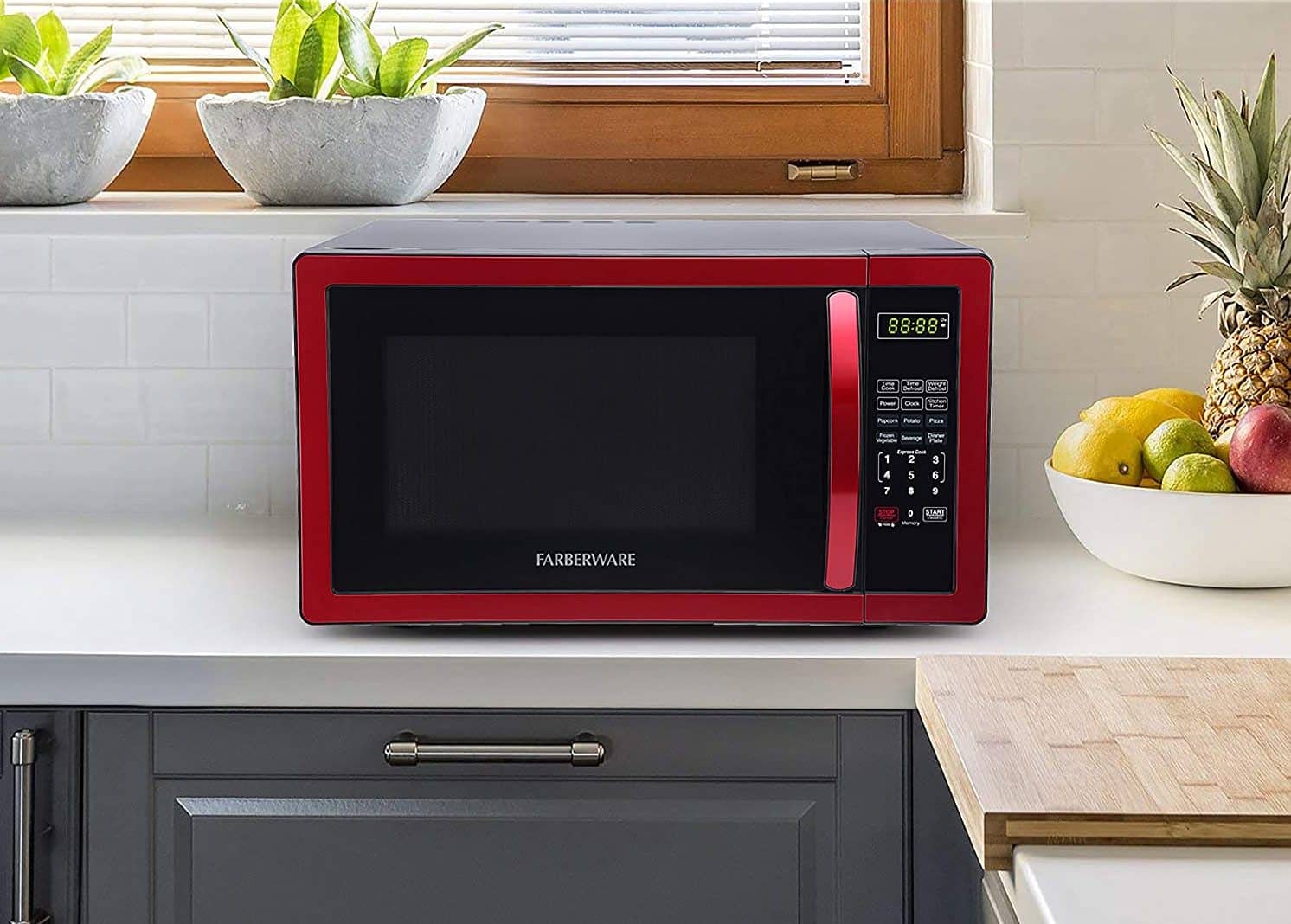

0 thoughts on “How Does A Microwave Oven Heat Food So Quickly?”